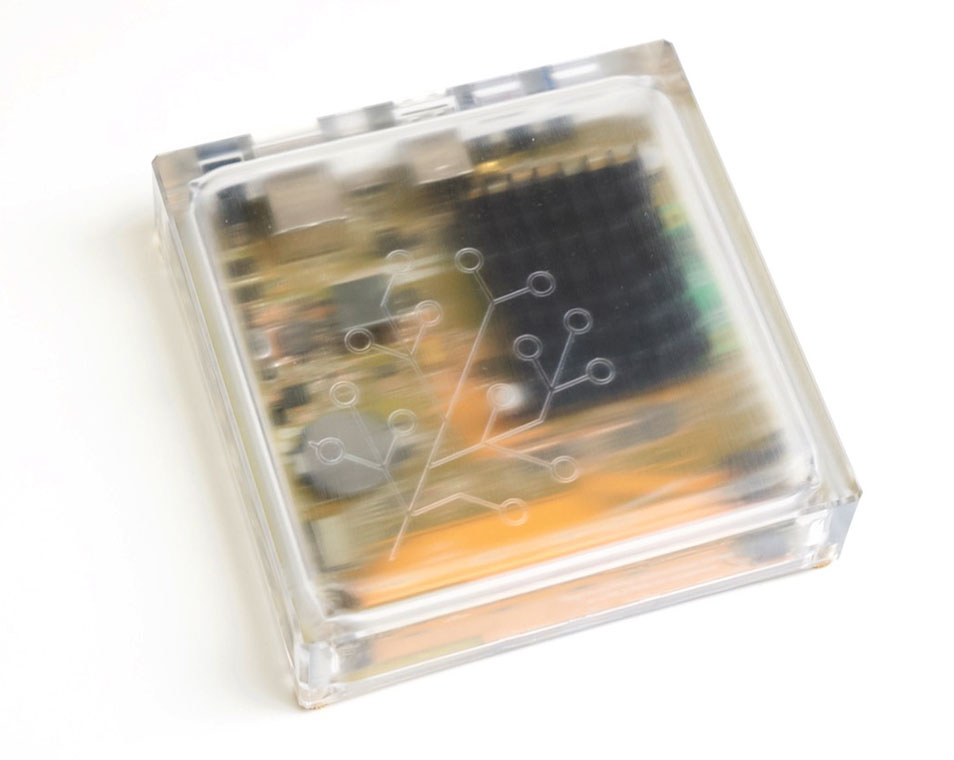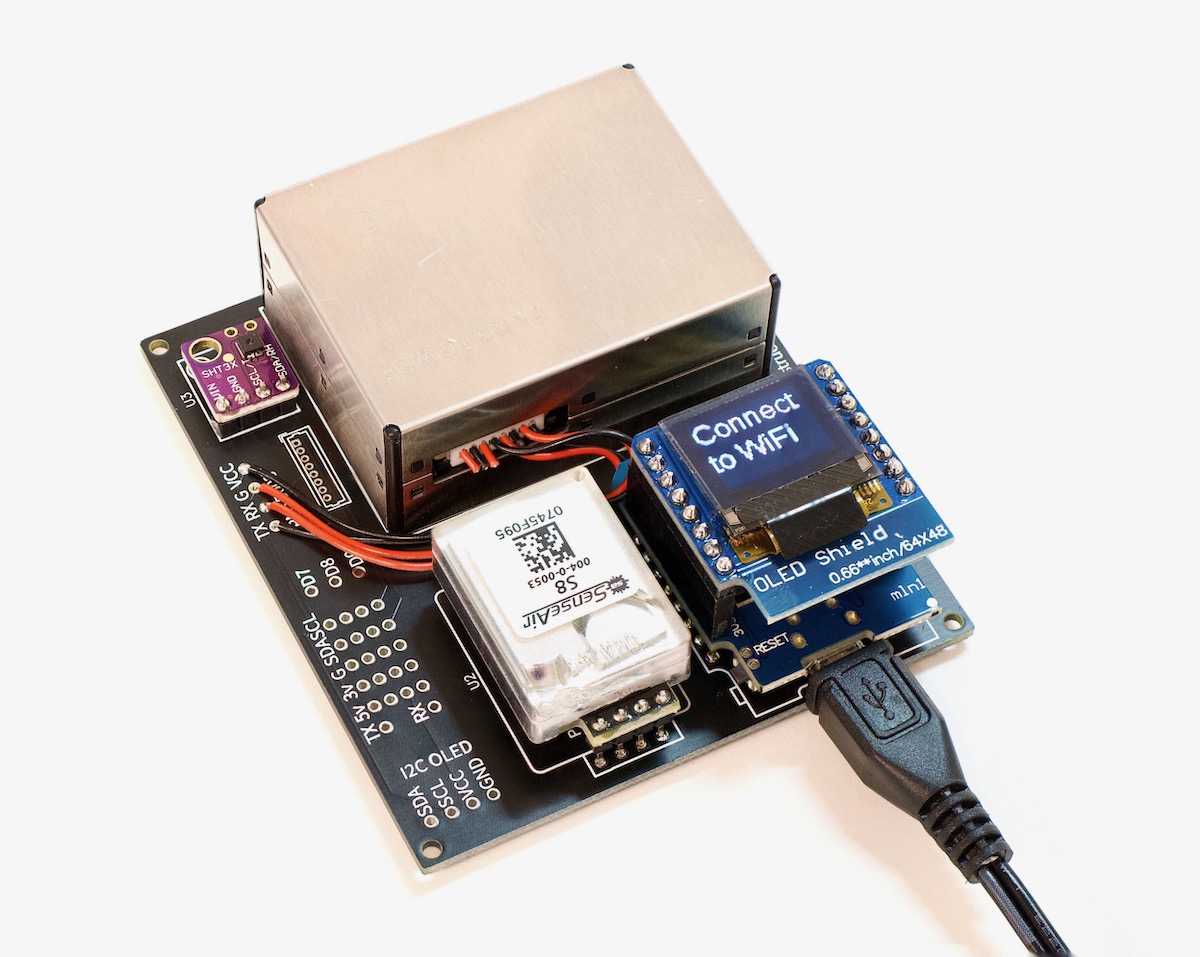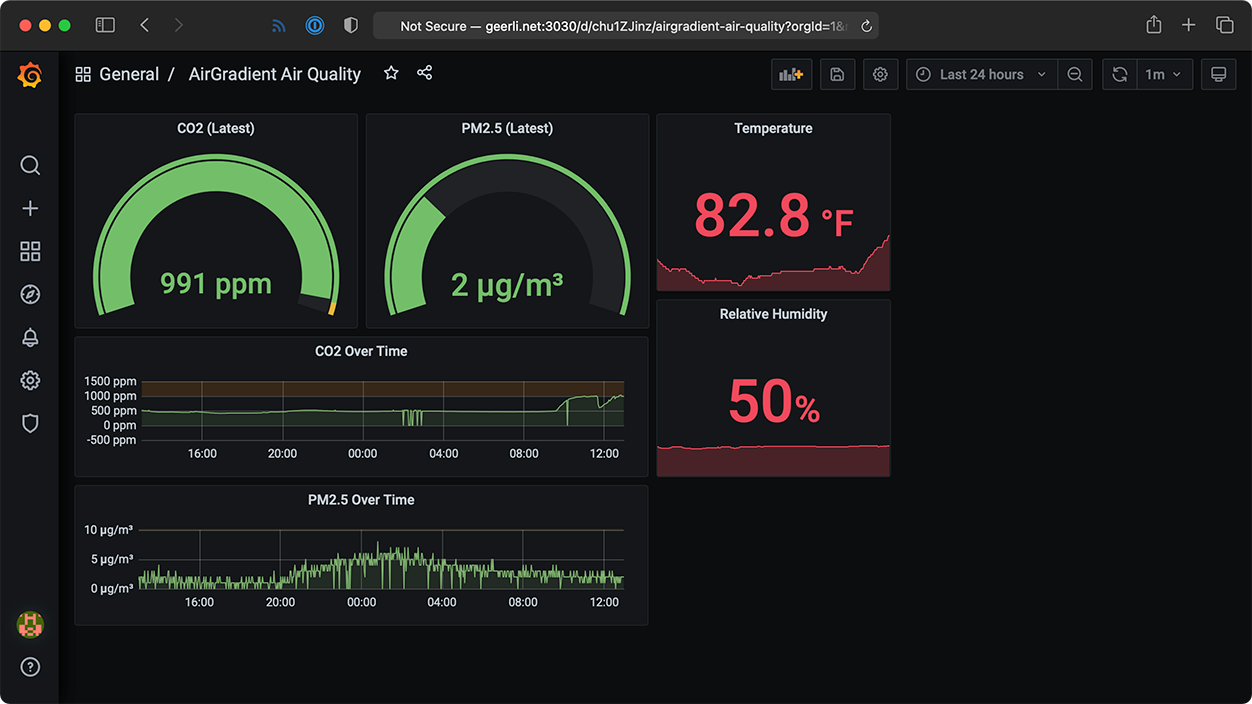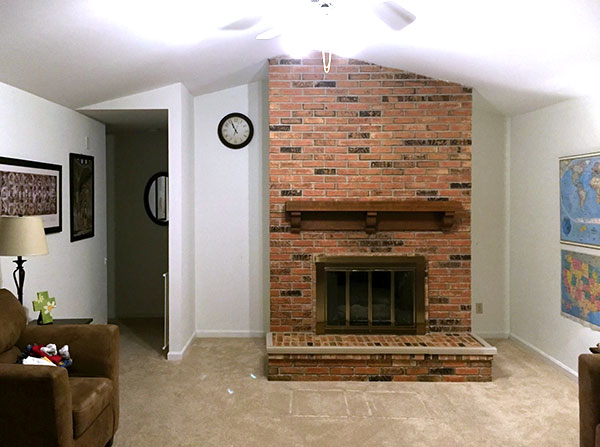Home Assistant Yellow - Pi-powered local automation
I've dipped my toes in 'smart home' automation in the past.
Typically I approach 'smart' and 'IoT' devices as a solution to one simple problem, instead of trying to do 'all the things'.
For example, I wanted to make it easy for my kids to control a home theater with four different devices and complex audio/visual routing, so I bought a Harmony remote and programmed it to control TV, a game console, an Apple TV, and radio. I don't want Logitech to start controlling other aspects of my house, or to give intruders an avenue by which they could invade my home's network.
However, many smart devices require a persistent Internet connection to use them, and that I cannot abide.






